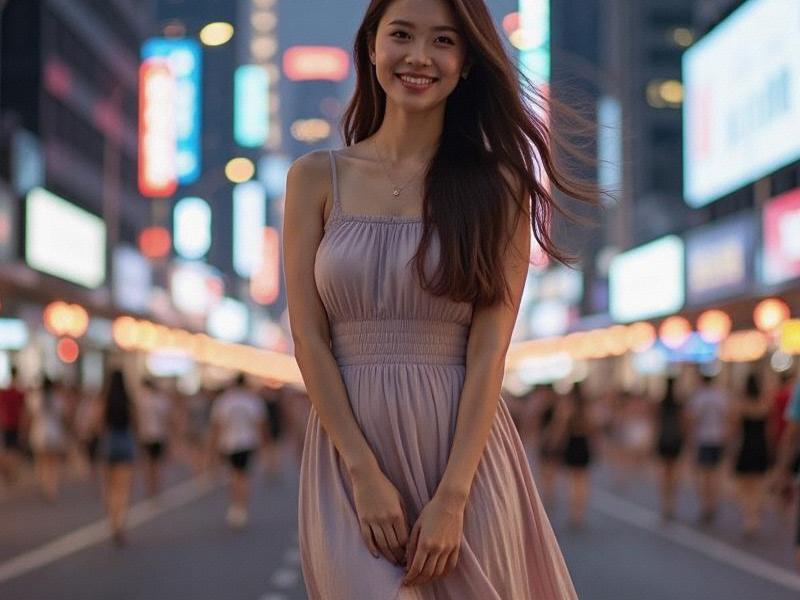This 2,400-word investigative piece explores Shanghai's emergence as a global cultural capital through its unique blend of heritage preservation and avant-garde innovation.

The scent of oil paint mingles with xiaolongbao steam in Shanghai's M50 art district, where post-90s artists transform abandoned textile mills into galleries, while across town in the restored Shikumen alleys, third-generation residents operate speakeasy-style tea houses. This is Shanghai's cultural alchemy - turning its layered history into tomorrow's creative currency.
The Numbers Behind the Renaissance:
• 47% increase in cultural/creative industries since 2020
• 136 heritage buildings adaptively reused as cultural spaces
• 80+ international art galleries established post-2022
上海龙凤419油压论坛 • 24-hour "cultural consumption" zones attracting 12M visitors annually
Architectural Time Machine:
- Power Station of Art: From coal plant to Asia's tallest museum
- Tank Shanghai: Aviation fuel tanks transformed into art pavilions
上海娱乐 - Columbia Circle: 1920s villas reborn as design hub
- Zhangyuan: Historic neighborhood's high-tech preservation
Creative Economy Hotspots:
√ West Bund: The "Shanghai Chelsea" art corridor
爱上海 √ Found158: Underground music in Cold War bunkers
√ Tianzifang: Handicraft boutiques in lane factories
√ SmartShanghai: Digital nomad co-living spaces
As British architect David Adjaye recently remarked: "Shanghai teaches us that urban renewal isn't about choosing between old and new, but about engineering collisions between them that spark new creative possibilities." With its cultural GDP growing three times faster than its financial sector, China's eastern pearl demonstrates that the most valuable urban resource isn't space - but imagination.